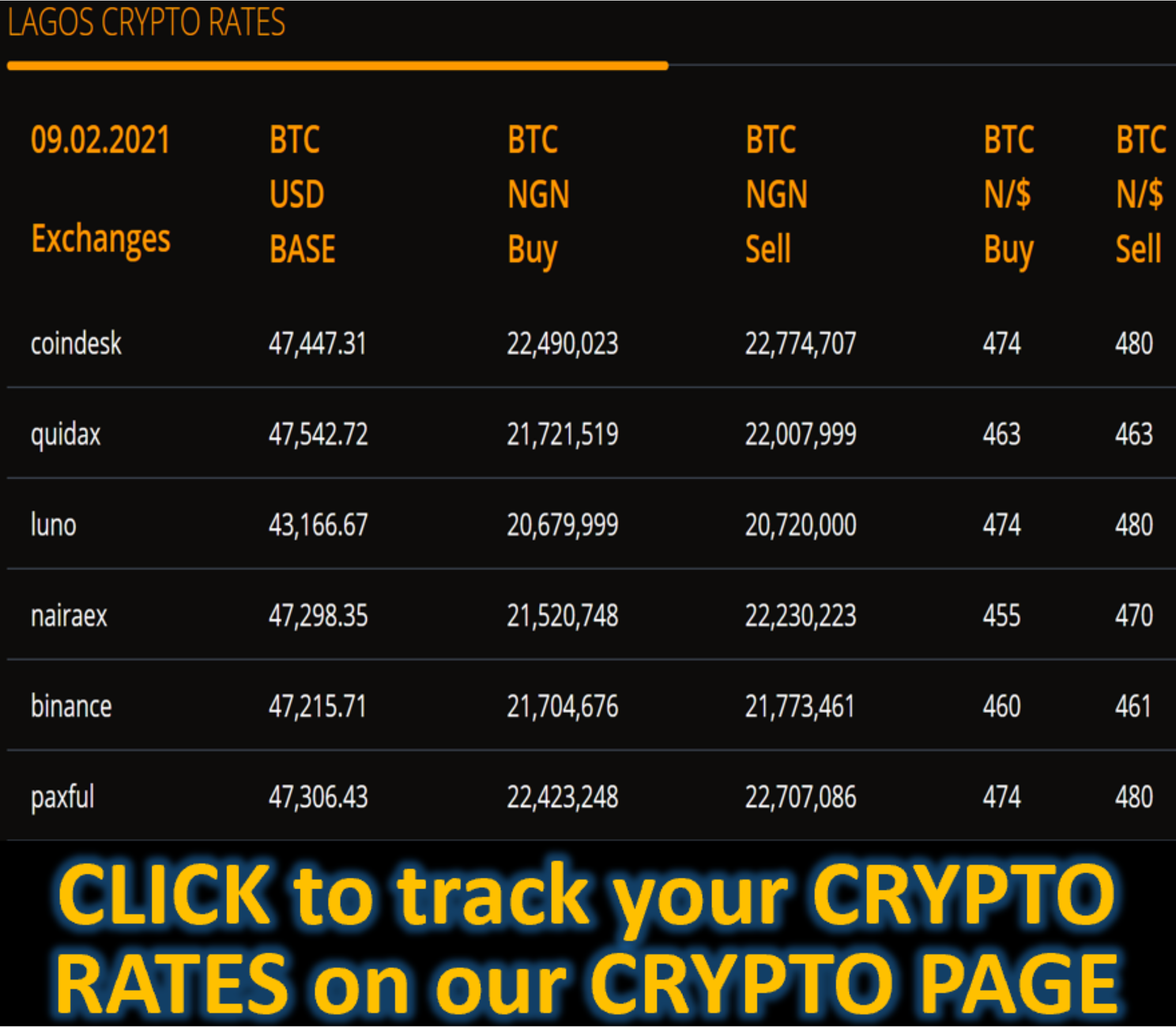Market News
Airlines face uneven fuel costs as currencies weaken — IATA - PUNCH
Jet fuel price volatility is hitting airlines unevenly across global markets as weakening local currencies deepen cost pressures, according to new insights from the International Air Transport Association.
According to a statement issued by the body, “The first chart of the week, a decade ago, showed that jet fuel price declines had uneven impacts across economies due to fluctuations in local currencies against the US dollar.”
The situation has worsened over the past four years, with jet fuel prices swinging dramatically. The report noted that “jet fuel price volatility in USD has intensified, especially since 2020, driven by the pandemic-induced demand collapse, the post-pandemic recovery amid supply chain disruptions, and escalating geopolitical tensions.”
Countries whose currencies have weakened are now paying significantly more for fuel. The statement highlighted that “The most pronounced impacts are observed in Russia and Brazil, whose currencies have depreciated the most against the dollar since 2014.” Russia’s ruble has slid following the invasion of Ukraine and subsequent international sanctions, while “the Brazilian real has also suffered recently as expectations are high that the central bank will loosen monetary policy in spite of persistent fiscal woes and the detrimental effect of tariffs on the country’s external accounts.”
Even major economies have felt the pressure. “Although less pronounced than in Russia and Brazil, the EU, China, and India have all seen their currencies weaken against the US dollar since mid-2022,” the analysis stated. However, it also pointed out that “the dollar has lost around 10 per cent of its value this year against many currencies. The countries lucky enough to find themselves in the latter group have seen their fuel bills cheapen in local currency terms.”
Jet fuel remains one of the largest cost components in aviation. As emphasised by the statement, “Fuel costs make up close to 26 per cent of total operating expenses of airlines, alternating with labour as the largest cost category.” Additionally, “Approximately 55–60 per cent of all global airline costs are denominated in USD, compared to 50–55 per cent of revenues.”
This imbalance has direct consequences for profitability. The report explained that “Based on this, a one per cent appreciation of the USD against global currencies could reduce operating margins by about 0.1 percentage points, while a one per cent depreciation could improve margins by a similar amount.”









